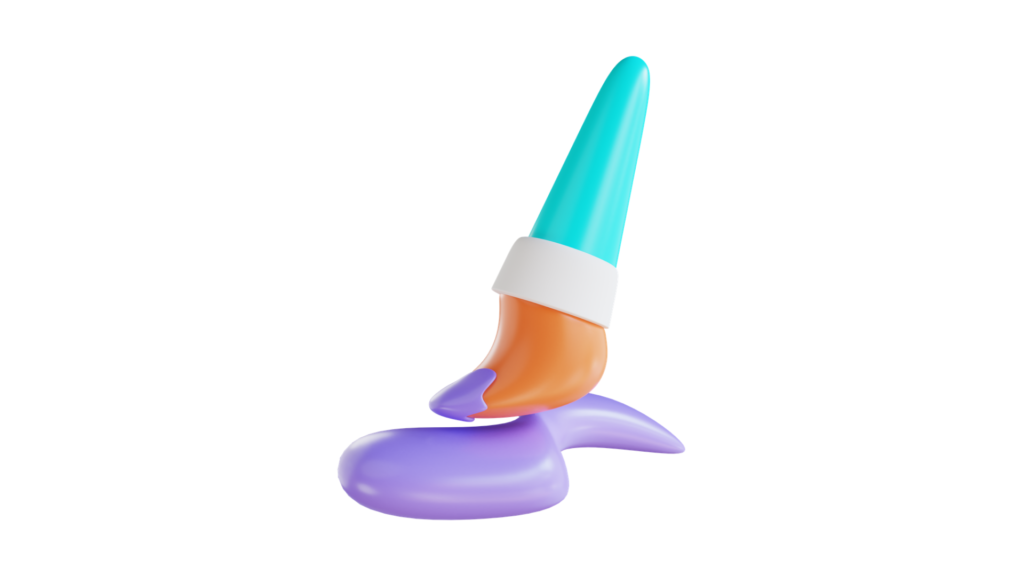If you’re familiar with the warm nostalgia of Windows 95’s startup sound, then you’ve already met Brian Eno. He’s the man behind that soothing chime, a pioneer in ambient and electronic music, and an all-around legend who’s proven you don’t need traditional instruments to make music that moves people. So here’s a thought: if Brian Eno’s synth-heavy, instrument-free creations are valid as art, why wouldn’t AI-generated art get the same recognition?
Eno’s career has sparked debates on what defines “real” music. He’s often behind a keyboard or a synthesizer, steering clear of the usual guitars and drums. Purists might argue that “real” music only comes from a musician and their instrument, not from someone tweaking knobs on a console. But here’s the kicker: despite any reservations, Eno’s work has earned its place in the art world, synths and all.
Fast forward to today, and we’re asking similar questions about AI. Imagine a skilled artist using Claude.ai, ChatGPT, Midjourney, or DALL-E to craft an image or a piece of writing that stirs genuine emotion. If that image speaks to someone, is it any less legitimate because it was made in collaboration with a machine? Could AI tools challenge our idea of art just as synthesizers did decades ago?
The AI Art Question: Is It Real Art?
Art has always been about more than just the tools used to make it. Think of the first time a photographer’s work was showcased in a gallery, or when synthesizers wormed their way into mainstream music. Each innovation challenged what we knew about art, often facing skepticism before eventually gaining acceptance. Now, with AI shaking things up, we’re once again debating where the line between art and technology really lies.
The crux of the AI art debate is this: does AI-generated art require the same human touch as traditional methods? After all, it’s one thing to paint with a brush, another to wield a synthesizer, and yet another to use an algorithm. But if the end result resonates emotionally, does the process matter as much? If an artist can tap into AI to create an image that moves you, is that any different from Eno layering soundscapes on his synthesizer?

Could AI tools Replace Human Artists?
Let’s be clear: tools are tools. No AI assistant can replicate the unique perspectives human artists bring to their work. While powerful, it doesn’t have the life experiences that shape human creativity. But as a tool, it can amplify an artist’s vision, offering new ways to explore concepts, colors, and compositions that might not have been possible otherwise.
Eno didn’t replace the need for traditional musicians, he simply expanded what was possible within the world of music. In the same way, AI could become another medium for artists rather than a replacement.
However, here’s a point to consider. With the speed at which AI can generate art, there are fair questions about whether it could flood the market with creations that may lack depth and intentionality, potentially pushing human artists to the sidelines. But that is a topic for another article.
Who Decides What Counts as Art?
At the end of the day, the question of what constitutes art—and who gets to decide—is far from settled. Is it the critics who set the standards, the audience that engages with the work, or the artists themselves? Brian Eno earned his stripes not because critics said he could, but because people felt something when they listened to his music. If AI-generated art can make people feel the same way, then maybe the definition of art isn’t as rigid as we once thought.
The Bigger Picture: Will AI Redefine Art?
We’re at a crossroads where art, technology, and human expression intersect in fascinating ways. Just as synthesizers and digital art tools have been validated by the art community, it’s possible AI could earn its place too. But whether it’s accepted depends on whether the art it creates resonates on a human level.
In the grand scheme, AI might not replace artists any more than Brian Eno’s synthesizer replaced musicians. Instead, it could expand the horizons of what we consider art to be. And who knows? In a few decades, we might look back at AI-generated art with the same reverence that we now have for Eno’s ambient soundscapes, once derided and now celebrated.
The answer might not be clear-cut, but one thing’s certain: the art world just got a lot more interesting.



